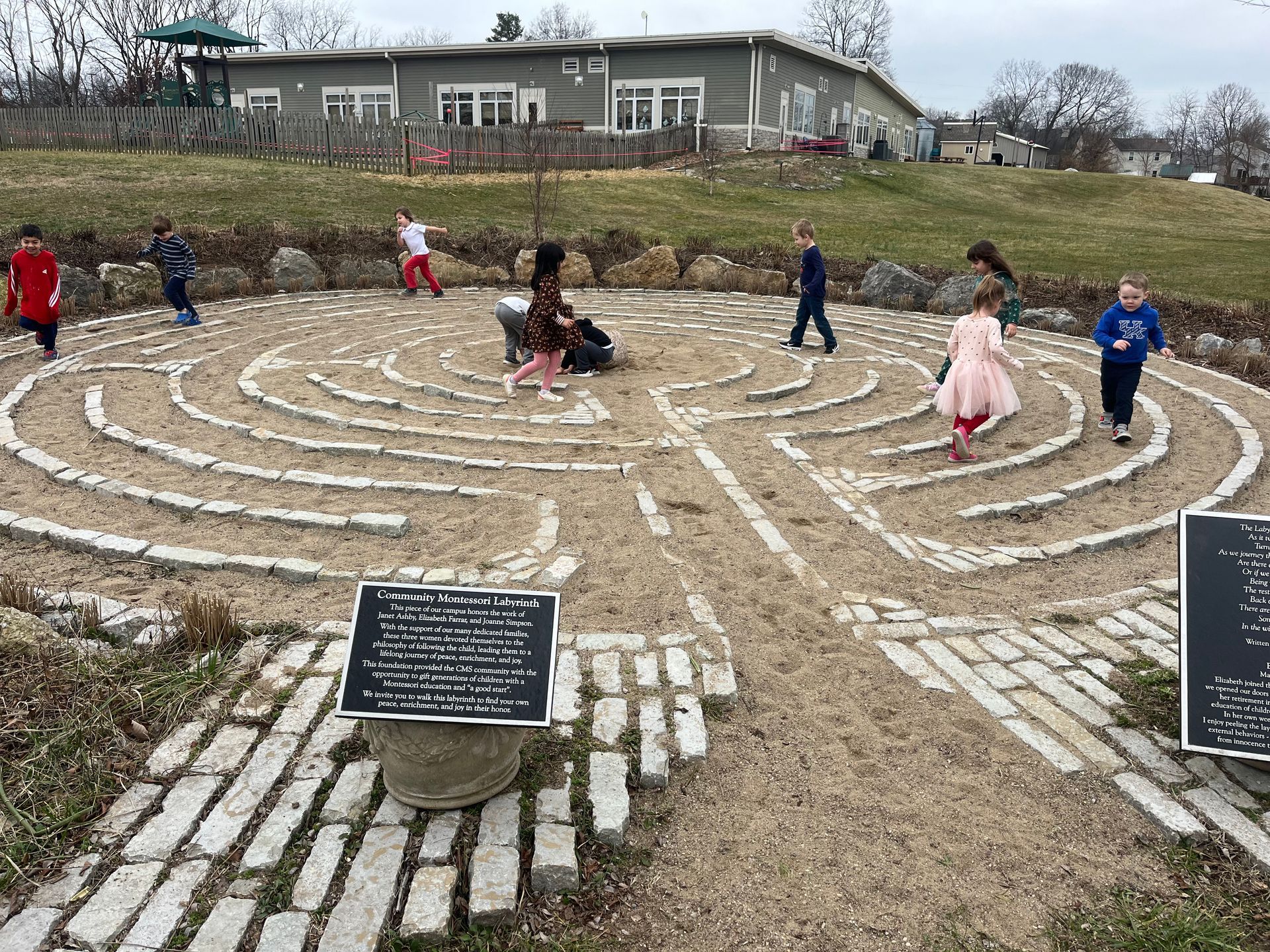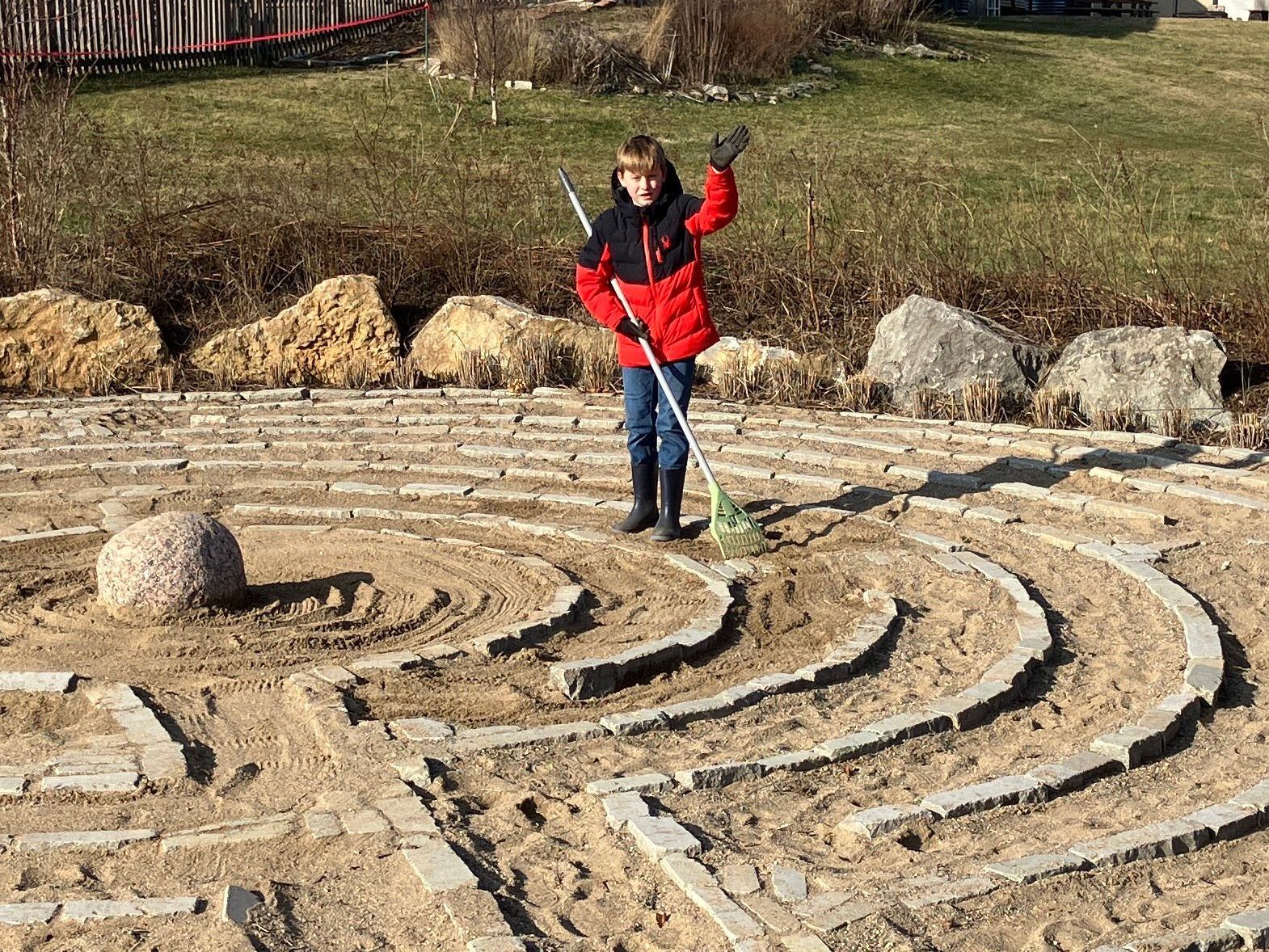The Labyrinth: A Journey of peace, Enhancement, and joy
Labyrinths have been used for centuries as a tool for meditation, reflection, and spiritual growth. These intricate patterns, with a single winding path leading to the center, have been found in various cultures throughout history, each with its own unique symbolism and purpose.

Purpose of Labyrinths
The primary purpose of a labyrinth is to provide a sacred space for walking meditation. As one follows the meandering path, the mind is allowed to quiet, and a sense of inner peace and clarity can emerge. Walking a labyrinth is often seen as a metaphor for life's journey, with its twists and turns, challenges, and ultimately, a path towards enlightenment or self-discovery.
Labyrinths are also used for stress reduction, enhancing creativity, and fostering a sense of connection with oneself and the world around us. The act of walking the labyrinth can be a powerful tool for personal growth, healing, and transformation.
The labyrinth at community montessori
This labyrinth on the CMS campus honors the work of Janet Ashby, Elizabeth Farrar, and Joanne Simpson, three remarkable women who dedicated themselves to the philosophy of "following the child." With the support of the dedicated families in the CMS community, they provided generations of children with the opportunity to receive a Montessori education, fostering a lifelong journey of peace, enhancement, and joy.


The transformative power of education
By walking this labyrinth, one can connect with the spirit of these pioneering educators and the values they upheld. Each step along the winding path represents the journey of learning, growth, and self-discovery that they championed. As you reach the center, you may find a sense of stillness and clarity, a reminder of the importance of nurturing the innate curiosity and potential within every child.
The labyrinth serves as a powerful symbol of the transformative power of education and the enduring impact that dedicated educators can have on the lives of their students. It invites us to pause, reflect, and honor the legacy of those who have paved the way for a more compassionate and enlightened approach to learning.
